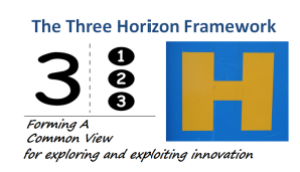 In the past few days, I have had some exchanges on twitter with Jairo H Venegas and Ralph-Christian Ohr on different thinking around the three horizon methodology. We share similar views on its value and partly how it can be applied.
In the past few days, I have had some exchanges on twitter with Jairo H Venegas and Ralph-Christian Ohr on different thinking around the three horizon methodology. We share similar views on its value and partly how it can be applied.
Ralph and I exchange constantly and occasionally meet up together. Actually, we need another meeting Ralph to catch up and explore these mutual innovation value points.
Ralph in a reply to Jairo suggested this: “That’s why a portfolio approach is so important” – with his take here: bit.ly/1Rn5Svq under his excellent Model for Integrative Innovation article.He ‘talks’ of cornerstones and offers different premises to anchor these a little more. Continue reading “Applying innovation thinking in different horizons”
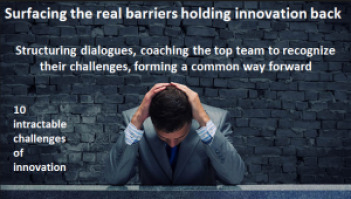

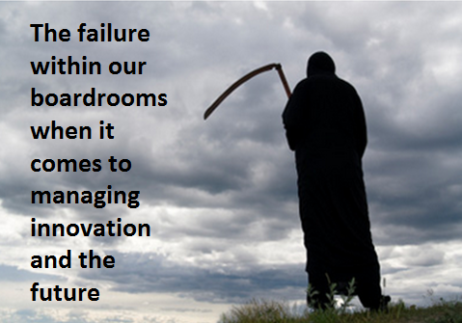



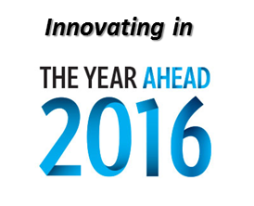
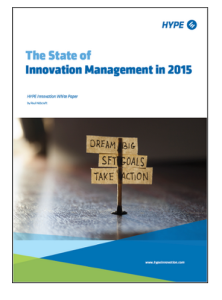
 The days of simply having ideas moving through a pipeline and coming out the other end as finished product and services seems part of our great past.
The days of simply having ideas moving through a pipeline and coming out the other end as finished product and services seems part of our great past.